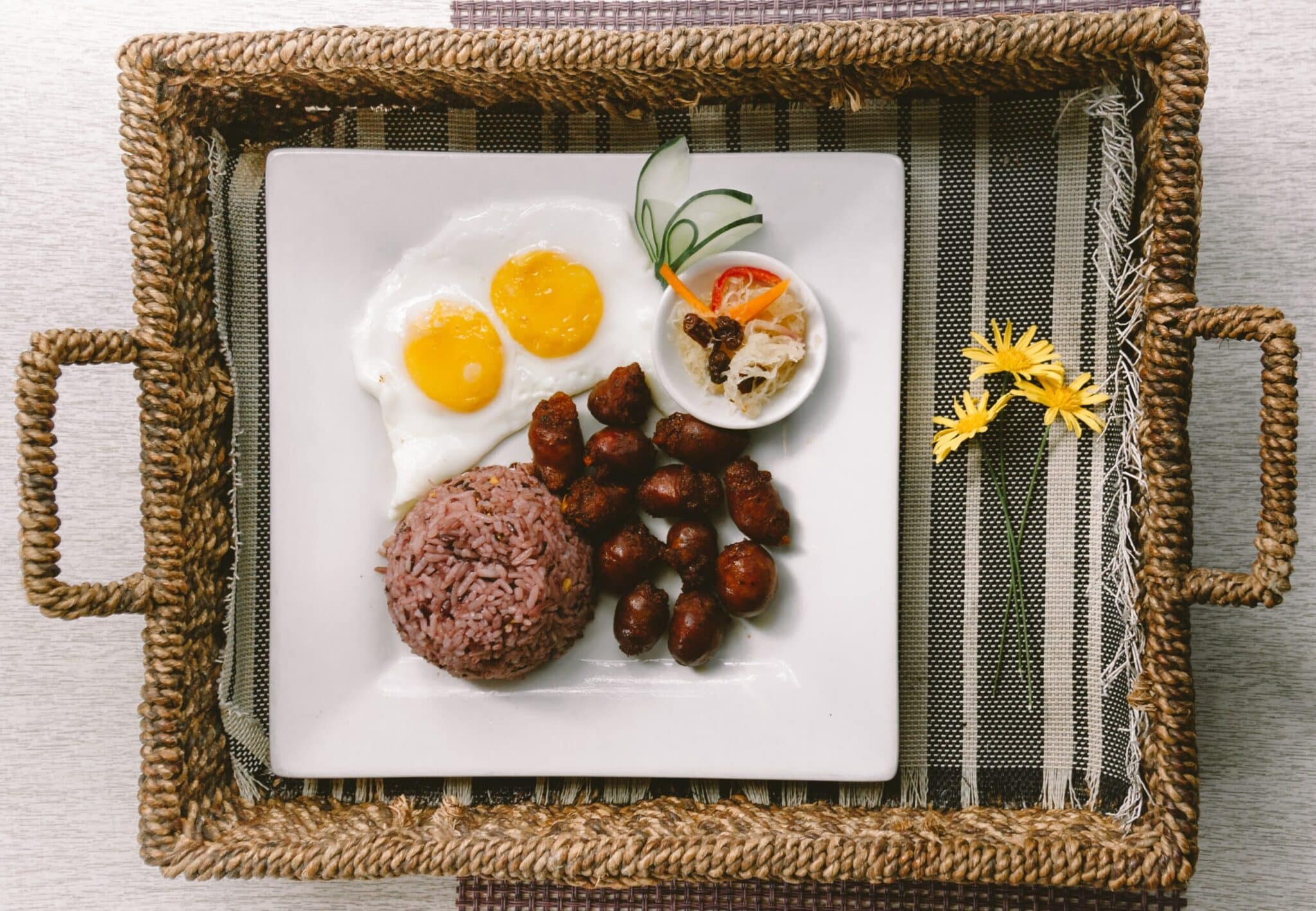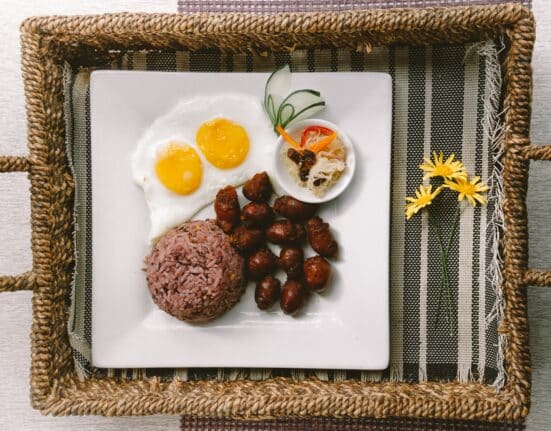WHAT’S for breakfast?
Many Filipinos start the day by having a meal. But while breakfast is a regular part of their routine, a study found that their first meal is not always healthy enough.
The analysis, published in August 2022 in the National Library of Medicine, found that 96 to 98 percent of the Filipino population regularly eat breakfast.
“However, the breakfast consumed regularly by Filipinos were found to be nutritionally inadequate,” it said.
Even those in the group who ate the healthiest breakfasts fell short of meeting the daily recommendations for calcium, fiber, Vitamin C, and potassium, it said.
The data for the analysis, conducted by experts from the Department of Science and Technology, were taken from the 2018 Expanded National Nutrition Survey.
The breakfast eaters
According to the study, only 2 percent of those between 6 to 18 years old skipped breakfasts, while the number was a bit higher for adults, which is 4 percent.
Among adults, 96 percent of females ate breakfast compared to 95 percent of males.
More people in rural areas also skipped breakfast compared to those in urban areas. 2.3 percent of adolescents, 4.7 percent of adults, and 4.8 percent of the elderly in rural areas do not eat a meal in the morning.
Educational attainment was associated with breakfast consumption among adults and the elderly. The study found that 94 percent of adults who have an elementary level education consumed breakfast, while among those with a college education, 97 percent ate breakfast.
Among the elderly, it was 95 percent and 98 percent, respectively.
What’s for breakfast?
The study said the top 10 most consumed food groups are rice, cooking oil, cacao and chocolate beverages, chicken egg, other cereal products, fresh fish, sugars, green leafy vegetables, other vegetables, and powdered milk.
The diet quality was measured using Nutrient-Rich Food Index (NRF) 9.3.
How nutritious are the meals?
The study found that children 6 to 12 years old had the healthiest breakfast diet among the age groups, with an NRF 9.3 average score of 417.
The score of the elderly group is 347, and that of adults is 340.
However, these scores are still considered very low compared to the highest maximum possible NRF score which is 900.
The groups with the healthiest breakfast diets had higher intakes of fresh fish, chicken egg, fresh meat, green leafy vegetables and other vegetables, and lower intakes of rice, coffee, sugars, and other cereal products.
Still, they were not getting enough of the nutrients they need, the study said.
It said that the food groups that are known to be rich sources of the deficient nutrients were missing from the breakfast table.
One example is vitamin C. There are low levels of consumption of fruits and vegetables that are rich sources of this vitamin, it said.
It also said most of the Filipinos’ calcium intake came from rice, which may not be a rich source of calcium compared to milk and dairy products.
What to eat?
The study said the results underscore the need to eat more fruits, vegetables, milk, and fresh meat, which were among the least consumed food groups during breakfast.
There should also be lower consumption of refined grains, coffee, and sugary products, it said.
It said it was alarming that fruits as well as milk and milk products were found further down the list of mostly consumed food groups among Filipinos.
“When considered together, the poor food choices at breakfast are likely contributing to the suboptimal intake of some nutrients at this meal,” it said.
The researchers also said the results of the study provide evidence that breakfast consumption could have a positive impact on overall diet quality.
“These findings could help to inform the development of nutrient-based recommendations for a balanced breakfast for the first time in the Philippines,” it said.
The findings could also be used to support the idea of expanding the national feeding program with the inclusion of breakfast and the possibility of extending the feeding until the adolescent age, it said.
How useful was this post?
Click on a star to rate it!
Average rating 0 / 5. Vote count: 0
No votes so far! Be the first to rate this post.
We are sorry that this post was not useful for you!
Let us improve this post!
Tell us how we can improve this post?









